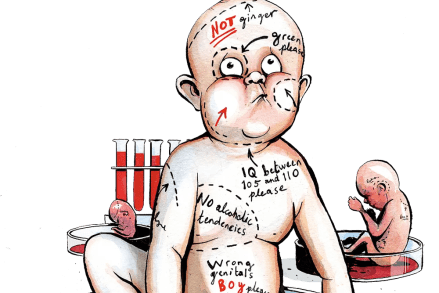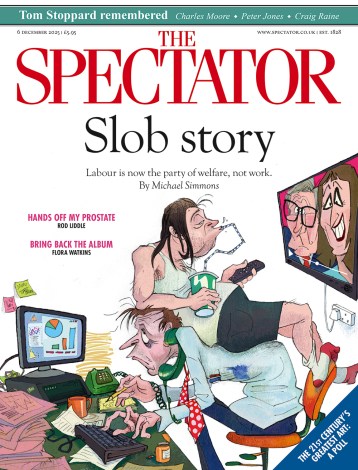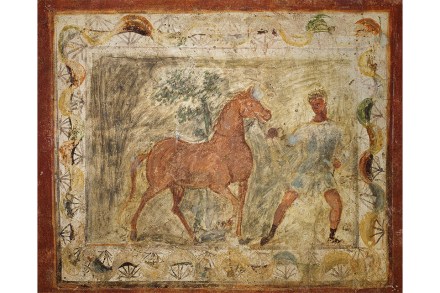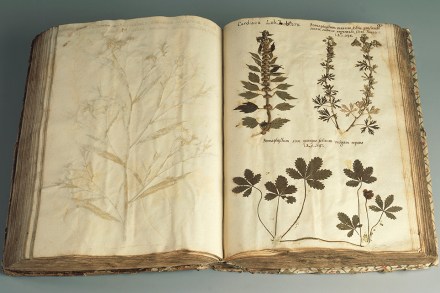‘They don’t want me to rise again’: China's gene-editing scientist on why he’s back in the lab
Before he agrees to be interviewed, He Jiankui has one request: that he is introduced as a ‘gene editing pioneer’. This may come across as grandiose, but it is also indisputable. No one else in history, after all, can say they have created genetically edited human beings. In 2018, He dropped the mother of all scientific bombs when he announced that he had used Crispr, a gene-editing technique, to alter the DNA of two babies. In a YouTube video, He explained that the twins, ‘two beautiful Chinese girls’, codenamed Lulu and Nana, had been born safely just a few weeks before in Shenzhen. Both had had their embryos edited to




